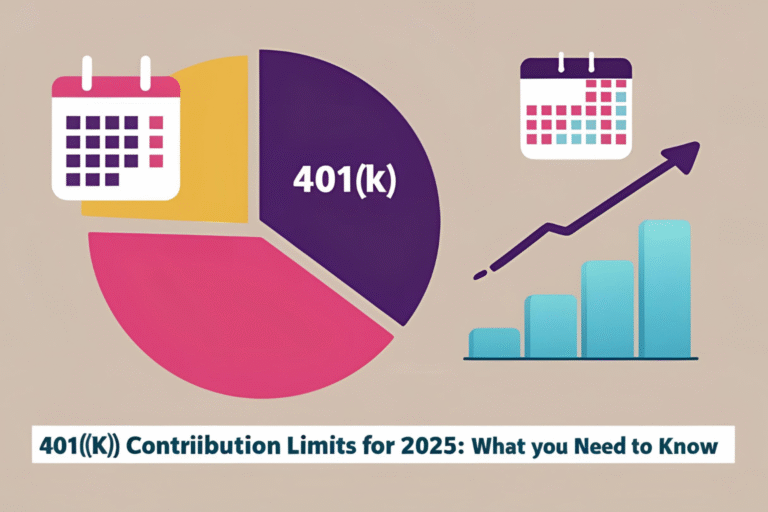Roth IRA vs Traditional IRA: Which One Should You Choose?
When it comes to retirement savings, Individual Retirement Accounts (IRAs) offer significant tax advantages. But many Americans struggle to decide between the two most popular options: Roth IRA and Traditional IRA.
In this guide, we’ll break down the key differences, pros and cons, and help you choose the right IRA for your situation.
What Is a Traditional IRA?
A Traditional IRA lets you contribute pre-tax dollars, potentially lowering your taxable income for the year.
Key features:
- Contributions may be tax-deductible
- Investments grow tax-deferred
- You pay taxes when you withdraw in retirement
- Required Minimum Distributions (RMDs) start at age 73 (as of 2025)
What Is a Roth IRA?
A Roth IRA is funded with after-tax dollars, meaning you don’t get a deduction upfront—but your money grows tax-free, and qualified withdrawals are also tax-free.
Key features:
- No tax deduction for contributions
- Tax-free growth and withdrawals
- No RMDs during your lifetime
- Great for younger investors or those expecting higher income later
Contribution Limits (2025)
- $7,000 per year ($8,000 if age 50+)
- Limit applies across both Roth and Traditional IRAs combined
Income Limits (for Roth contributions):
- Single: Phases out starting at $146,000
- Married filing jointly: Phases out starting at $230,000
There are no income limits to contribute to a Traditional IRA (but tax deductibility may phase out based on income).
Roth IRA vs Traditional IRA: Side-by-Side
| Feature | Traditional IRA | Roth IRA |
|---|---|---|
| Contributions | Pre-tax (potential deduction) | After-tax |
| Tax on Growth | Deferred | Tax-free |
| Withdrawals | Taxed in retirement | Tax-free (if qualified) |
| RMDs | Required at age 73 | None |
| Early Withdrawal Rules | 10% penalty (unless exception) | Contributions withdrawable anytime |
| Income Limits to Contribute | None | Yes |
When to Choose a Traditional IRA
- You expect to be in a lower tax bracket in retirement
- You want a tax deduction today
- Your income is too high to contribute to a Roth
When to Choose a Roth IRA
- You expect to be in a higher tax bracket in retirement
- You want tax-free withdrawals
- You’re young and have decades to let your money grow
- You value flexibility (no RMDs or penalties on contributions)
Final Thoughts
Both Traditional and Roth IRAs offer excellent tax benefits. The best choice depends on your current income, tax situation, and long-term goals. In many cases, a mix of both types may offer the most flexibility in retirement.
FAQs
Can I have both a Roth and a Traditional IRA?
Yes, but your total contributions across both accounts cannot exceed the annual limit.
Which IRA is better for young investors?
A Roth IRA is generally better for younger savers due to tax-free growth and withdrawals.
What happens if I contribute too much to my IRA?
You may face a 6% penalty. Withdraw the excess before the tax deadline to avoid it.
Are IRA contributions tax-deductible?
Traditional IRA contributions may be deductible, depending on your income and retirement plan access.
Can I open an IRA without a job?
You need earned income (e.g., wages or self-employment) to contribute. Exceptions apply for spousal IRAs.


